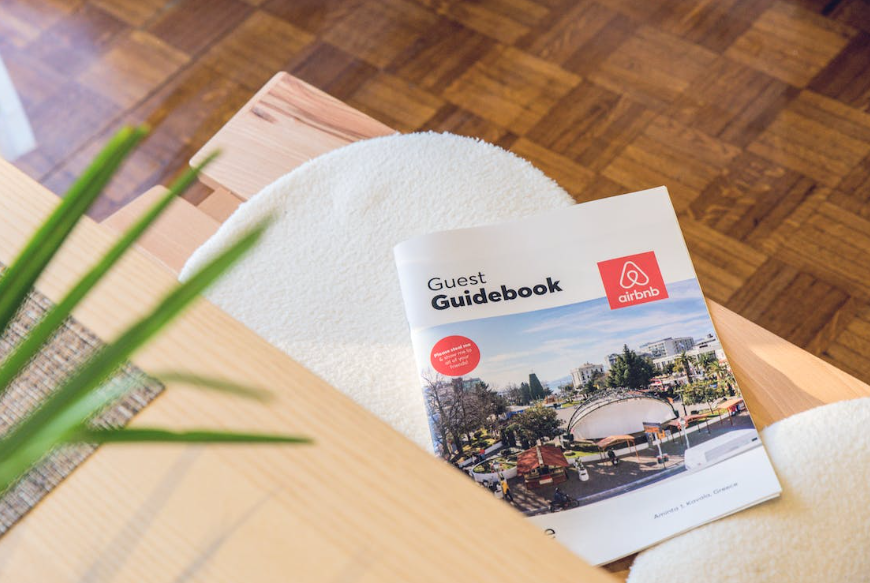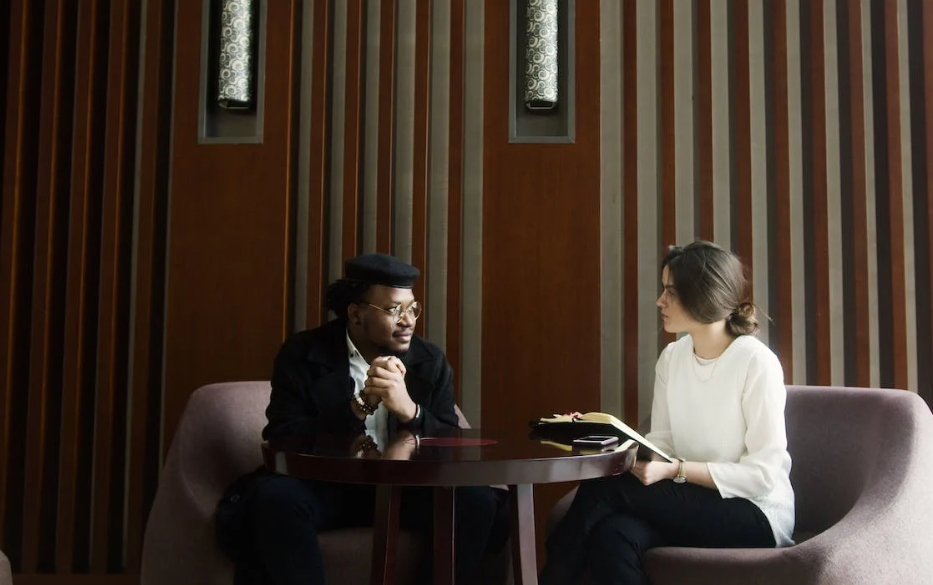Mindfulness Resources
Figuring out how to meditate? These resources, including guided meditation, meditation music, and meditation apps, will help you get started.

Selfpause Affirmation App
Download the app to get 1,000’s of affirmation meditations and everything you need to write, record and listen to your own.
Mindfulness resources range from guided meditations to free apps to online courses and books. The point is to experience more peace and happiness. Regular practice of meditation provides a solid foundation for daily life. There are many ways to stay present during challenging situations. Some simple techniques include checking in with touch points, listening to different sounds and changing sensations, and sending yourself positive thoughts.
Guided meditations

Guided meditations for mindfulness can help you achieve a variety of personal goals. These include reducing stress, becoming happier, and quitting smoking. You can also try walking meditations, which draw your attention inward as you walk. Walking meditations improve your awareness of your surroundings, reducing stress and past worries.
Guided meditations are usually well structured and follow a step-by-step format. The teacher explains how the mind works and leads the listener through the meditation process. The teacher may also suggest ways to incorporate the practice into everyday life. While guided meditations come in many styles, most focus on a specific theme or incorporate breathing exercises, mantras, and other techniques.
Guided meditations are especially helpful when you need to meditate and don’t have the time to do so on your own. For example, if you don’t have much time, a five-minute guided meditation may be all you need. For more advanced meditators, 10 or 15-minute guided meditation sessions can be helpful. Guided meditation tracks can be downloaded to listen to whenever you have a few minutes to spare.
Guided meditations are also beneficial for building new habits. Many apps and websites offer free and paid subscriptions to a variety of meditations. Some apps also have meditations that are specifically designed for people with various health conditions. Choosing a guided meditation can make the process easier and reduce distractions.
Many people find meditation the most effective first thing in the morning or last thing at night, when kids are asleep and work has been put away. They are then able to meditate before bed, which helps them relax and fall asleep faster.
Free apps

There are many free mindfulness apps available, and they can be a great way to start practicing mindfulness. Many of these apps are designed to remind you to meditate, but there are also paid apps that can help you learn more. The Mindfulness App, for instance, offers five-day guided meditation sessions, and the option to choose from a variety of meditation styles. The app also features statistics to help you monitor your progress, as well as reminders to practice mindfully.
The app is free and can be used on Android, iPhone, or iPad. Many of them also offer training in mindfulness. There are some that are geared towards beginners, like Calm and Headspace. These apps can be downloaded from Google Play and Apple’s App Store. Some are designed specifically for children, so they are easy for young children to use.
Another app designed for beginners is Smiling Mind. It contains hundreds of guided meditations, ranging from three to nineteen minutes. Users can focus on the breath, their body, or sounds. The app also has half-hour audio recordings of mindfulness talks. These free mindfulness apps can help you improve your overall health and well-being.
Another app designed for kids features a bilingual interface, a list of bite-sized meditations, and more. Kids can practice mindfulness in as little as 15 seconds, while adults can choose from a variety of guided meditations. In addition, this app promotes problem-solving skills and helps kids regulate their emotions.
The UCLA Mindful Awareness Research Center app contains guided meditations and other features aimed at a broad spectrum of users. The app also offers informational videos and weekly podcasts.
Online courses

Online mindfulness courses can help you learn the skills necessary to practice mindfulness. You can find several types of courses online, including those created by the renowned mindfulness researcher Jon Kabat-Zinn. These courses usually take two months to complete, and consist of weekly sections. They include video lectures, additional reading materials, and meditation and mindfulness exercises. Some of them even have FAQ sections, which you can use for guidance. These courses can help you clear common misconceptions about mindfulness practice and get started.
Most of the people who have completed the courses have reported that they found them useful. Most participants were women, with 53% being nurses and 14% being hospital workers. However, a small number of men (5%) and non-role groups (15%) represented various professions. Those who were enrolled in the course were generally active in their work roles, although some were on sick leave, on vacation, or unemployed.
Some of these courses can be completed online and are self-guided. Some require minimal participation, while others may require a few hours of weekly effort. Many of these courses also include a one-page certificate, which includes a personal note and description of the skills learned. In addition to self-guided courses, there are also paid courses that require minimal commitment.
Mindfulness has an ancient religious background and has been practiced for thousands of years. The majority of modern Western practitioners of mindfulness, however, hold a Buddhist perspective. In the US, mindfulness was introduced to the public by Jon Kabat-Zinn in 1979. He founded the Stress Reduction Clinic at the University of Massachusetts Medical School, where he developed the MBSR course.
Books

Books for mindfulness are available from a variety of authors. One of the most popular authors in the field is Sharon Salzberg, who has written several best-selling books. She speaks from a tradition rooted in compassion and the neuroscience of neuroplasticity. Her latest book, “Real Change,” focuses on compassion.
This 160-page book is a collection of 100 lessons on mindfulness. It is ideal for anyone who wants to learn mindfulness in a simple and convenient way. It is also available in a PDF format, making it accessible to anyone with a computer. It also makes it easy to share the lessons. In addition to its simple layout, it has a wealth of practical exercises.
You Are Not Your Brain is a classic in the field. It explores the relationship between your mind and your body. While it doesn’t teach you the nuances of mindfulness, it is an excellent introduction to the concept. It also includes a 10-day challenge. If you are looking for more information on mindfulness, however, you can explore the Headspace app to learn more.
Books for mindfulness are popular in Western culture, with countless resources available. This article is an overview of some of the most popular titles in the field. This list includes books for beginners and those who want to learn more about meditation. It also includes tips and advice on how to practice mindfulness meditation. We hope that this list will help you find a book to help you with this new lifestyle.
Books for mindfulness are great resources for parents and children. You can teach mindfulness to your children through this approach. A mindfulness book for kids will give your child the tools to learn more on their own. In addition to being a guide to your child’s development, you can also use these books as a tool for mindfulness in your parenting.
Classes at UCLA’s Mindful Awareness Research Center

The UCLA Mindful Awareness Research Center is home to a variety of classes and retreats that focus on mindfulness practices. There are 6-week courses, daylong classes, and even specialized training for educators. The programs draw on the practices of different religions as well as cutting-edge mind & brain research.
The classes are taught in a friendly community environment, with class sizes of no more than thirty to forty students. They provide a great foundation for daily meditation practices, and are appropriate for all ages. While the classes may be geared towards beginners, they are equally helpful for seasoned practitioners seeking to refresh their practice.
The signature educational programs of the Mindful Awareness Research Center are called Mindful Awareness Practices (MAPs). Students will learn basic principles of mindfulness, how to develop a personal meditation practice, and how to apply them in daily life. The MAPs classes are ideal for beginners and are comprised of a lecture, group feedback, and practice sessions.
Mindfulness is a practice of actively attending to your experience. Practicing this way helps you become more present in your daily life. It is effective for people of all backgrounds and is scientifically proven to help reduce stress and improve attention. It also boosts the immune system, decreases emotional reactivity, and promotes overall health.
Our Top FAQ's
Some practical ways to incorporate mindfulness into your daily routine include setting aside a specific time for mindfulness practice (such as first thing in the morning or before bed), incorporating short mindfulness breaks throughout the day (such as taking a few deep breaths or focusing on your senses during a task), and finding ways to bring mindfulness into your daily activities (such as paying attention to your breath while walking or eating).
Mindfulness can help you manage stress and improve your mental health by increasing your awareness of the present moment and your thoughts and feelings. This can help you respond to stress in a more mindful and intentional way, rather than reacting automatically. Mindfulness can also help you become more aware of your body’s physical and emotional responses to stress, which can help you manage these responses more effectively.
Some effective mindfulness techniques and exercises include:
- Body scan meditation: This involves lying down or sitting comfortably and focusing on each part of your body, starting at the toes and working up to the top of your head. As you focus on each part of your body, try to release any tension or discomfort you may be feeling.
- Breath awareness: This involves simply paying attention to your breath as it moves in and out of your body. You can try counting your breaths or just focus on the sensation of the air moving in and out of your nostrils.
- Loving-kindness meditation: This involves silently repeating phrases of love and goodwill to yourself and others. For example, you might say to yourself, “May I be happy, may I be healthy, may I be safe.” You can then extend this practice to others by silently repeating the same phrases for friends, family, and even people you don’t know well.
Some good resources for learning more about mindfulness include books (such as “The Mindfulness Handbook” by John Kabat-Zinn), websites (such as mindful.org), apps (such as Headspace or Calm), and online courses (such as those offered by the Greater Good Science Center at UC Berkeley).
Mindfulness can be practiced by people of all ages, as it is a universal human capacity that can be cultivated through dedicated practice. While mindfulness may be particularly helpful for adults who are looking to manage stress and improve their mental health, it can also be beneficial for children and adolescents. Research has shown that mindfulness practices can help improve attention and focus, reduce anxiety and stress, and improve overall well-being in young people.
